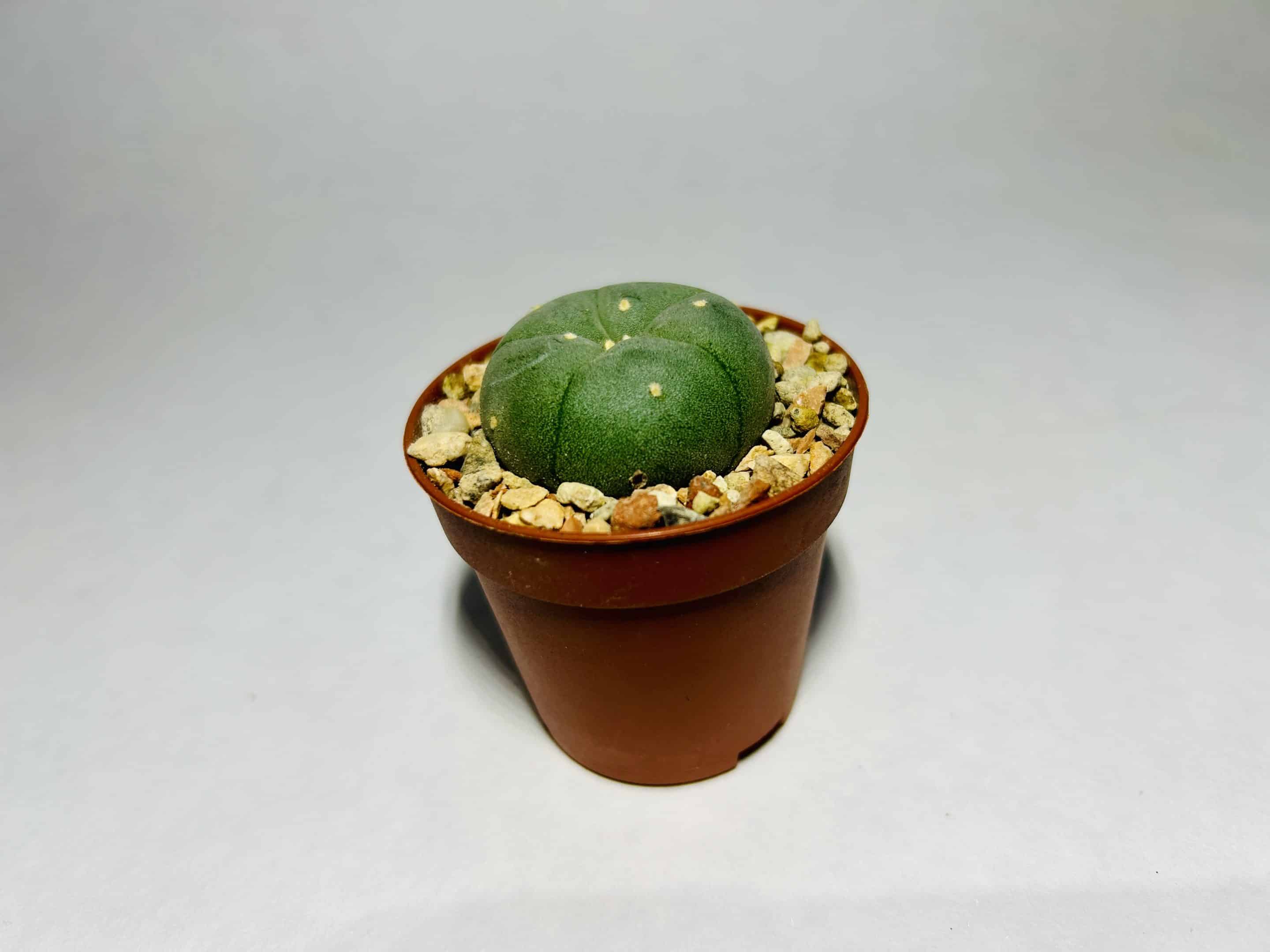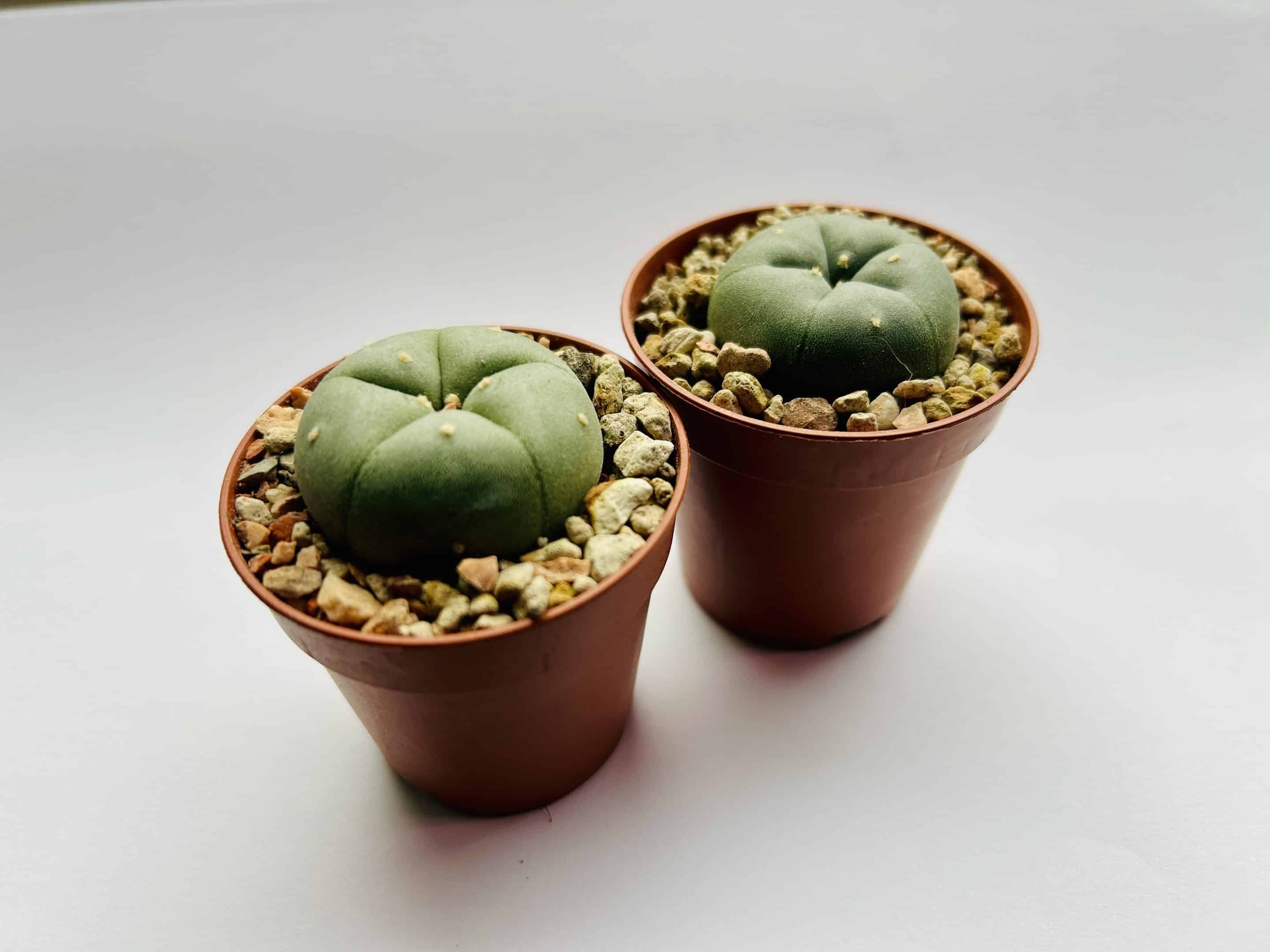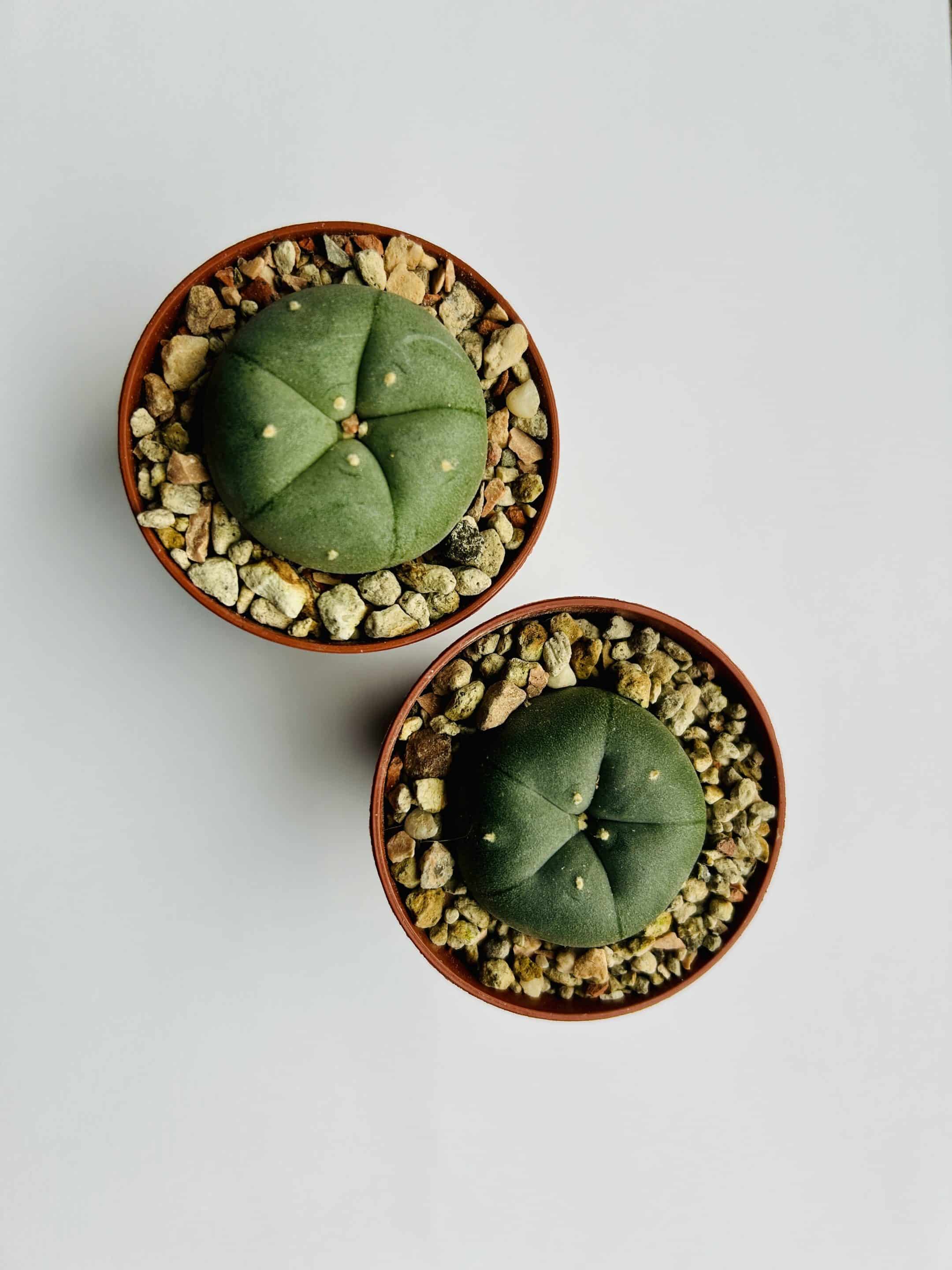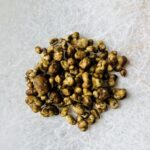Peyote is a thornless cactus that belongs to the Cactaceae family. It is characterized by its spherical shape and small size, usually reaching 2 to 12 centimeters in diameter. It usually grows in groups of three to more than fifty. It blooms in spring and summer, producing pink, white or yellow flowers that grow from the top of the cactus. Peyote grows at a very slow pace and can take up to 20 years to reach maturity and produce flowers. Under natural conditions, it grows in a narrow strip on either side of the Rio Grande River in the Chihuahuan Desert on the border between Mexico and the United States. This area is called "peyote gardens." It is their only habitat. The plant prefers limestone and clay soils, and grows most abundantly on such. Home cultivation of this cactus is also possible, but it should be noted that it grows quite slowly, although generally faster than in its natural habitat.
Peyote is one of the oldest known psychedelic cacti in the world. It has been discovered in graves and in cave paintings dating to around 4,000 BC. The Aztecs surrounded Peyote with special reverence, believing in its magical properties. It is more potent than San Pedro and has been used by Central American indigenous peoples such as Mexica, Huichol and Navajo for more than 5,500 years as a sacred plant in the context of religious rituals and healing ceremonies. Many of the traditional beliefs associated with the use of Peyote relate to its hallucinogenic properties. Its psychoactivity is due to the numerous alkaloids it contains, the most important of which is mescaline, while others include anhaline, anhalamine, anhalonidine, lophophorine, pellotine, anhalidine or anhalinine. Mescaline affects the central nervous system, leading to intense visions, changes in perception of reality, a sense of oneness with the environment and deep spiritual reflections.
It is worth remembering that the use of Peyote should be done with caution and respect for the culture from which this plant originates, and with a full understanding of the possible effects on mental and physical health.
Peyote is a plant threatened with extinction due to overexploitation and habitat degradation. More than 75% of the peyote's natural habitat is in Mexico, where the cactus is protected under federal regulations, although it is threatened by intensive silver mining in the area. In the United States, the situation is different, as peyote is not considered endangered, meaning that it is not subject to any protection at either the state or federal level.
Peyote contains mescaline, which is a chemical compound with hallucinogenic effects. Chemically, mescaline is a 3,4,5-trimethoxyphenylethanolamine. It resembles serotonin and other tryptamine substances in structure, suggesting that it acts on serotonin receptors in the brain, particularly 5-HT2A receptors. Mescaline induces changes in perception, thinking and mood, leading to intense visionary experiences, altered states of consciousness and can induce mystical experiences.
The effects of mescaline can be varied and largely depend on the dose, individual predisposition and the environment in which it is taken. The duration of action is usually 8 to 12 hours. The most commonly observed effects are:
Intense visual experiences, often described as colorful, dynamic patterns and outlines.
Increased perception of sounds, tastes and smells.
- Change in perception of time
Distortion in the perception of time, which can manifest as slowing down or speeding up.
Experiencing deep reflection, pondering one's life and being open to spiritual experiences.
The ability to feel a variety of emotions, both positive and negative, which can lead to euphoria or depression.
Mescaline, like any psychoactive substance, carries certain risks. Negative reactions are possible, such as:
In some cases, individuals may experience severe anxiety or panic while experiencing intense visions.
In very rare cases, psychotic episodes may occur, especially in people with a predisposition to mental disorders.
This is a common side effect of taking mescaline, especially when taken in the form of raw cactus.
Mescaline can cause intense experiences, so it is not recommended for people with mental problems, or in combination with other psychoactive substances, alcohol or drugs.
Peyote is adapted to desert conditions, so it does not require much water and cannot tolerate excess moisture. It prefers a sunny location, but should not be exposed to direct sun, especially indoors. It is important to provide it with sandy, well-drained soil, such as a mixture for cacti and succulents. During the winter, from mid-October to mid-March, the cactus goes into dormancy and does not require watering. It is recommended to place it in a bright, cool and well-ventilated place. With the arrival of spring, you can resume watering the plant. It is best to do this on sunny days, and wait until the soil has completely dried out before watering again. The key is to pour the water into the ground, not on the cactus itself.
Peyote should be repotted in spring or early summer, when it begins to fill the pot. When the plant reaches about 5 cm in diameter, it can be repotted into a larger pot.
Growing Peyote requires a lot of patience, as it is a cactus that grows slowly. It reaches maturity for harvesting at about 5 cm in diameter, which usually takes several years.
Growing this cactus can be a form of meditation and self-knowledge for many people. It is worth remembering that San Pedro contains psychoactive substances, so its use in a ceremonial context should be done with extreme caution and respect. If you plan to use it for such purposes, it is advisable to become knowledgeable about the traditions and practices associated with its use and to make sure it complies with local regulations.
Nature Adventure is a company registered with Kamer van Koophandel in the Netherlands. All products we sell are subject to the Commodities Act and supervision by the Dutch Food and Consumer Product Safety Authority (NVWA).
The legal status of mescaline cacti varies from country to country and region to region. In the Netherlands, all the products we offer are legal. Due to different regulations in European Union countries and for logistical reasons, shipping of mescaline cacti is currently only available to customers located in the Netherlands.






Reviews
There are no reviews yet.